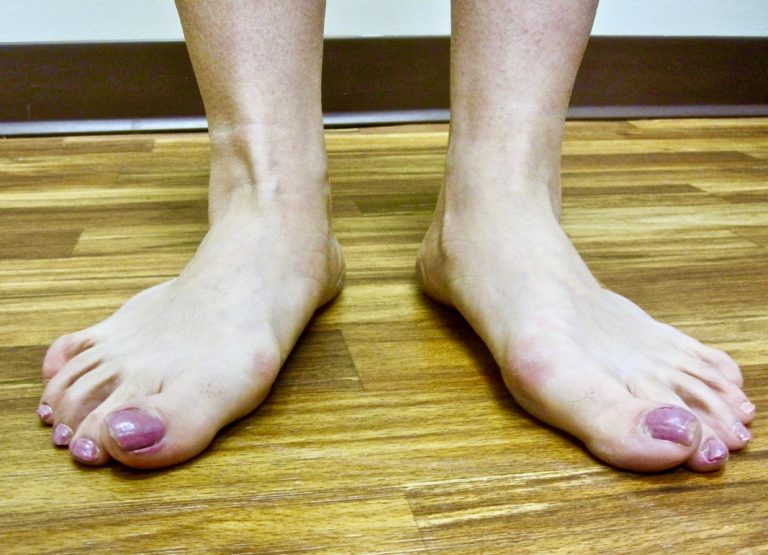Flat Feet
Watch the video above to learn about Flat Feet, and how I approach treating this with my patients. There's also more information below. As always, when you're ready, fill out the form on this page to request a consultation.
It was a lot easier and I felt more comfortable walking and playing sports. – Aiden


Flat footedness is a deformity that occurs when the arch of the foot is in close contact with the ground.
Symptoms
In many cases, flat feet do not cause problems or symptoms, however a vast majority of foot problems are commonly associated with flat footedness. Symptoms can range from fatigue to aching in the feet in more minor cases to severe pain, deformity, and limitations in more advanced. Symptoms are generally occur with walking, running, and standing and can present in the foot, ankle, legs, knees, hips, and back.
Diagnosis
Diagnosis is made by a comprehensive foot exam by Dr. Stewart. He will perform a complete physical exam and will ask the patient to stand on his or her toes and will watch the patient walk. Additionally, x-rays will be taken to assess the alignment of the bones and to assess the level of deformity.
Treatment
If the feet are flexible and there is still pain, Dr. Stewart may recommend orthotics for arch support. If the feet are rigid or extremely painful, Dr. Stewart will evaluate reasons for the flat feet and the treatment plan will depend upon his findings.
It has been four months my surgery, I am able to walk and do my normal routine without pain and that was the goal from the beginning. – Chris Schrader
Conservative treatment for Flat Feet includes:
- A strengthening or stretching program can ease the pain and other issues caused by flat feet.
- Stretching should be focused on the more superficial calf muscle known as the gastrocnemius and strengthening should focus on the posterior tibial tendon.
- Physical therapy can be prescribed if home therapy is not successful.
- Dr. Stewart has had a lot of success treating painful flat foot and its associated conditions with therapeutic laser. This pain-free adjunctive treatment is performed on site at the Timonium Foot and Ankle Center.
- Oral non-steroidal anti-inflammatory medication (NSAIDs) can be combined with ice therapy to help diminish inflammation and pain associated with flat feet in the early stages. It may be recommended to apply ice to painful areas on the feet. This should be done 2 to 3 times per day for 20 minutes each time.
- Wearing supportive shoes, avoiding flip-flops, flats and barefoot walking is recommended. Dr. Stewart typically recommends such shoes such as Brooks, Asics, New Balance, Saucony, Keen and Merrell.
- Custom orthotics that realigns the foot are generally recommended.
- In more advanced cases, casting and immobilization may can be used.
- In overweight or obese patients, weight loss is essential.
Surgical treatment for Flat Feet includes:
In more advanced case of flat foot that fail conservative care, then surgery will be recommended. Dr. Stewart will choose the surgery based on your particular conditions. The goal of surgery is to reestablish a stable, pain-free walking platform. This is accomplished by several combinations of soft tissue and boney procedures.
